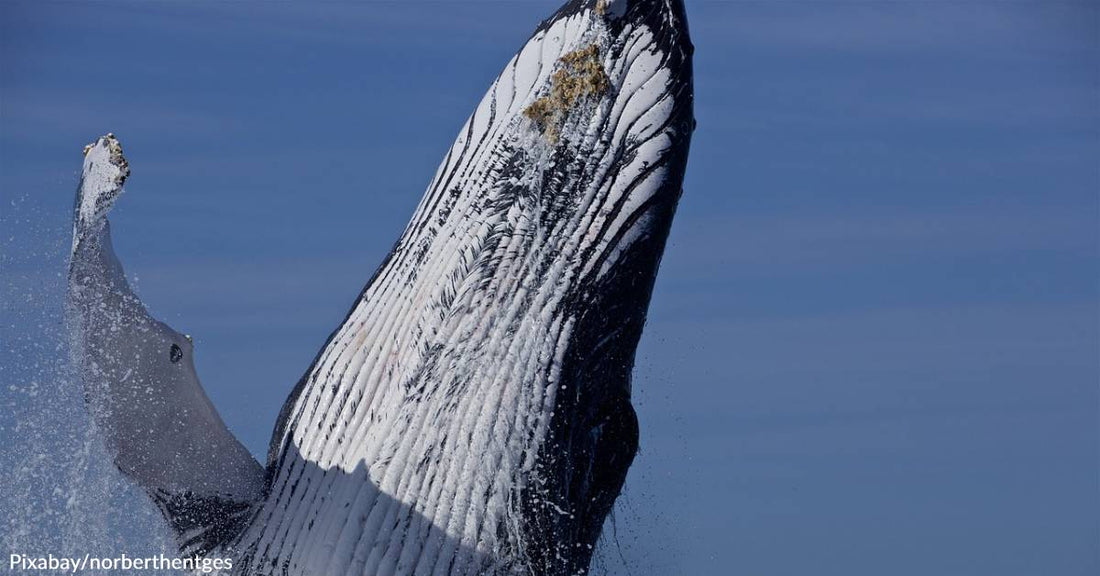Gray Whale in Mexico Pauses for Beauty Treatment, Gets Hitchhikers Removed by Boat Captain Off Baja Peninsula
Rebecca West
Gray whales have seemingly discovered that by approaching whale-watching boats near the Baja peninsula friendly boat captains will pluck off irritants for them in a sort of spa treatment. Well, at least one boat captain will oblige, anyway.
Recent video footage depicting the behavior was taken in the Ojo de Liebre lagoon, off the coast of Baja California, Mexico. It shows a large gray whale having whale lice plucked off its head by the captain of a small whale-watching boat carrying tourists.
"I have done it repeatedly with the same whale and others," Paco Jimenez Franco related. "It is very exciting for me." It's likely also a thrill for the guests aboard as well.
Cyamids, described as pale, crab-like creatures that move across the whales' heads and undersides, are said to be beneficial for them by consuming algae and flaking skin from their bodies. Some zoologists also believe they can irritate the massive mammals.
"I think the gray whales have a love-hate relationship with their whale lice," Mark Carwardine, a British zoologist, stated. "They have very sensitive skin, and thousands of these little creatures holding on tight, or moving about, with their exceedingly sharp, recurved claws, must drive them nuts. It can actually hurt when a whale louse grabs hold of your finger – it feels like tiny pinpricks."
Captain Franco reportedly removed a cyamid from the head of the same female whale the first time she came within reach of him. "Once I removed the first one, she approached again so that I could continue," he explained of the bizarre grooming arrangement. Since then, she has repeatedly returned for more.
Unlike barnacles, lice are true parasites. They feed on gray whale skin and damaged tissue gathering around open wounds or scars.
Slow-moving great cetaceans are said to be particularly susceptible to parasites and can become hosts to barnacles as they graze, but they've also been known to take advantage of sandy bay floors near Australia to remove dead skin cells and possibly other irritants.
Recorded entering Gold Coast Bay, a shallow open embayment in southeast Queensland, the whales were seen performing full body and side rolls on the ocean floor, which is said to be lined with fine sand and rubble.
Marine ecologist Dr. Olaf Meynecke, from the Griffith-led Whales and Climate Research Program and Coastal and Marine Research Centre, was able to track the humpbacks' southward migration from August 2021 to October 2022.
"We believe that the whales exfoliate using the sand to assist with molting and removal of ectoparasites, such as barnacles, and specifically select areas suitable for this behavior," he stated.
Meynecke further pointed out. "Removing excess skin is likely a necessity to maintain a healthy bacterial skin community. Humpback whales can remove some barnacles and skin through surface activity such as breaches but not all."
Whale barnacles are a species of acorn barnacle that belong to the family Coronulidae. They typically attach to baleen whales and sometimes toothed whales in early life. They need to remove them frequently to avoid excessive growth that leads to drag and energy loss, as they can end up being quite heavy over time.
Check out the video from Mexico below.
https://youtu.be/U4d6bzy43q8




